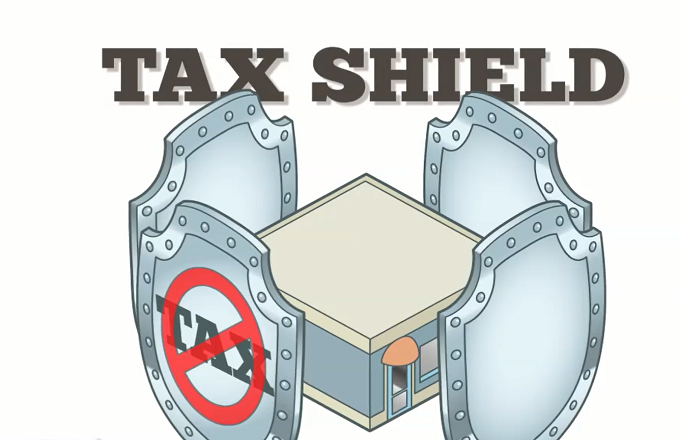
Lower-income taxpayers can benefit significantly from this if they incur larger medical expenditures. There are many examples of a tax shield, and it often depends on the tax rate of the corporation or individual as well as their tax-deductible expenses. It can also va loan benefits for veterans and military depend on the type of taxable expenses being used as a tax shield. An example of a tax shield would be a company that has a loan where the interest is deductible. The amount of the interest paid can be multiplied by the tax rate to determine the tax shield.
Is Tax Shield the Same As Tax Savings?
Therefore, the 1st option is better since it offers a lower cost of acquisition. Julia Kagan is a financial/consumer journalist and former senior editor, personal finance, of Investopedia.
- Since adding or removing a tax shield can be significant, many companies consider this when exploring an optimal capital structure.
- Alongside her accounting practice, Sandra is a Money and Life Coach for women in business.
- The deductible expenses are all the necessary costs you must cover to operate your business.
- The cost of the machinery is $50,000, and it has an expected useful life of 10 years.
Standard Tax Deductions
By understanding and applying the various types of tax shields, you can make informed decisions to effectively reduce your tax burden. While tax shields offer significant advantages, consulting with a tax professional is recommended to ensure compliance and optimization of your tax strategy. While a tax shield is a method or tool used to reduce taxable income, tax savings are the actual monetary benefit realized from using those tools. Tax shields contribute to tax savings, but they are not one and the same. You have a little bit of flexibility with a tax shield since you have an opportunity to reduce taxable income for a specific tax year.

A Beginner’s Guide to Effective WhatsApp Marketing in 2024
This works in the opposite way to dividend payments, which are not tax-deductible. Keep reading to learn all about a tax shield, how to calculate it depending on your effective tax rate, and a few examples. For example, if you had medical expenses of $15,000 and your income was $50,000, you could deduct the expense, and you would be taxed on only $35,000 of your income.
Sandra Habiger is a Chartered Professional Accountant with a Bachelor’s Degree in Business Administration from the University of Washington. Sandra’s areas of focus include advising real estate agents, brokers, and investors. She supports small businesses in growing to their first six figures and beyond.
Itemized deductions allow you to deduct the dollar amount of various expenses, such as interest on student loans and mortgages. If your total allowed deductions are higher than your standard deduction, you might be better off itemizing, meaning you wouldn’t take the standard deduction. All of these examples enable taxpayers to take deductions on their earnings, which lowers their taxable income and “shields” them from additional taxes. The ability to use a home mortgage as a tax shield is a major benefit for many middle-class people whose homes are major components of their net worth. It also provides incentives to those interested in purchasing a home by providing a specific tax benefit to the borrower. Deductible expenses are necessary costs incurred in the operation of a business.
Understanding the concept of deductible expenses and how the tax rate is applied is essential. Let’s say a business decides to take on a mortgage loan on a building instead of leasing the space because mortgage interest is tax deductible, thus serving as a tax shield. As a result, the gross income for the business would be reduced by the amount of interest paid on the mortgage, thus, reducing its taxable income.
This can incentivize companies to take on more debt, as the tax benefit from this shield can make borrowing cheaper and more attractive. Suppose the company has an interest expense of $7 million and a 25% effective tax rate. Interest paid on mortgages and student loans can act as a tax shield. For instance, mortgage interest on loans up to $750,000 (or $1 million if the mortgage was taken before December 17, 2017) can be deducted.
A company’s taxable income is decreased by the interest paid that is deductible on debt commitments. The overall amount of tax the company owes subsequently lowers as a result. However, only situations in which the company’s earnings, specifically its earnings before interest and taxes (EBIT), exceed its actual interest expenses qualify for the tax shield. Therefore, a business must show profitability before it begins to make use of the interest tax shield.
When filing your taxes, ensure you are taking these deductions so that you can save money when tax season arrives. Non-deductible expenses include fines, lobbying expenses, political contributions, and any costs not directly related to business operations. Many middle-class homeowners opt to deduct their mortgage expenses, thus shielding some of their income from taxes. Tax shields are an essential strategy for minimizing tax liabilities.